
Case studies


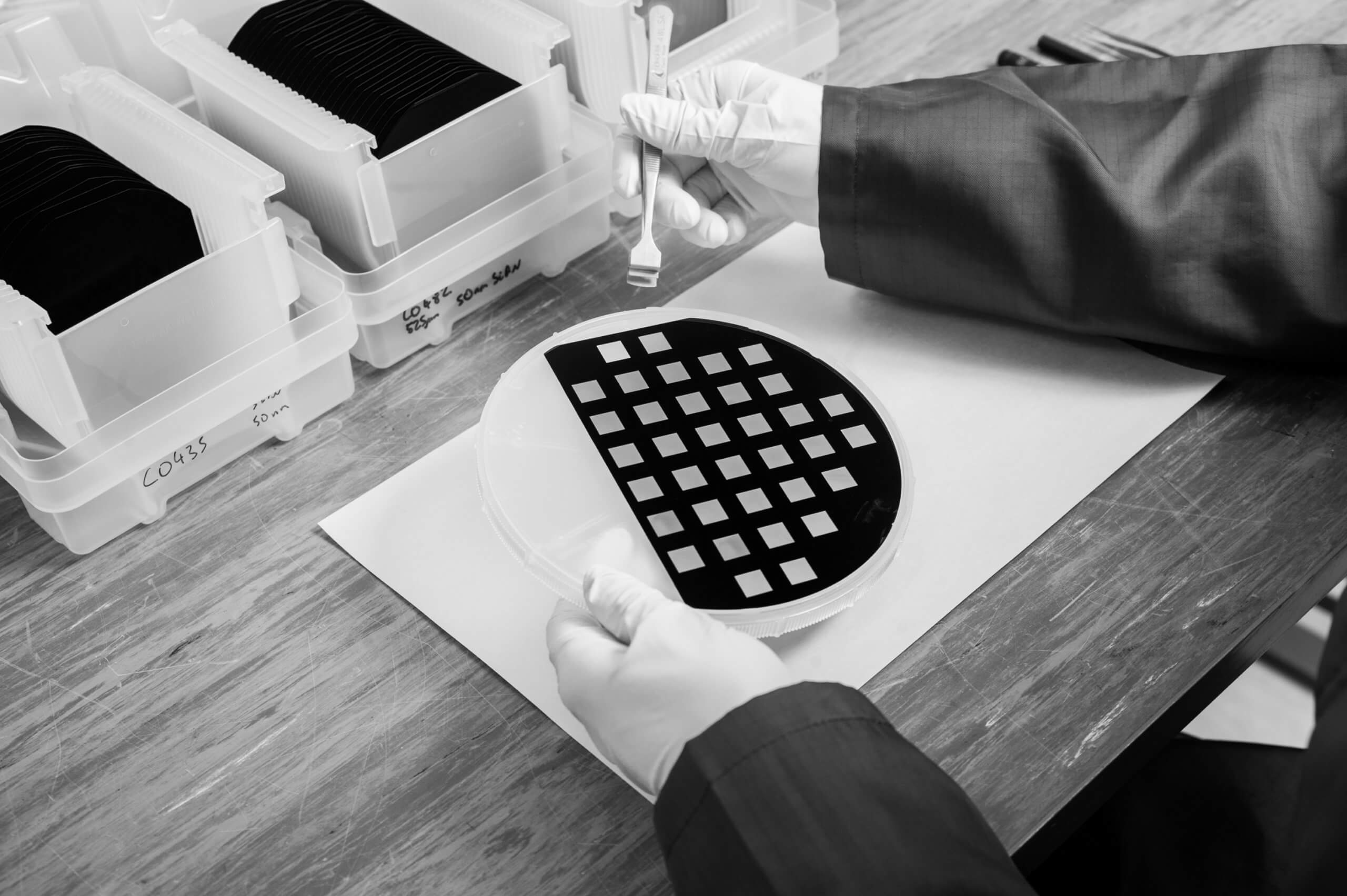
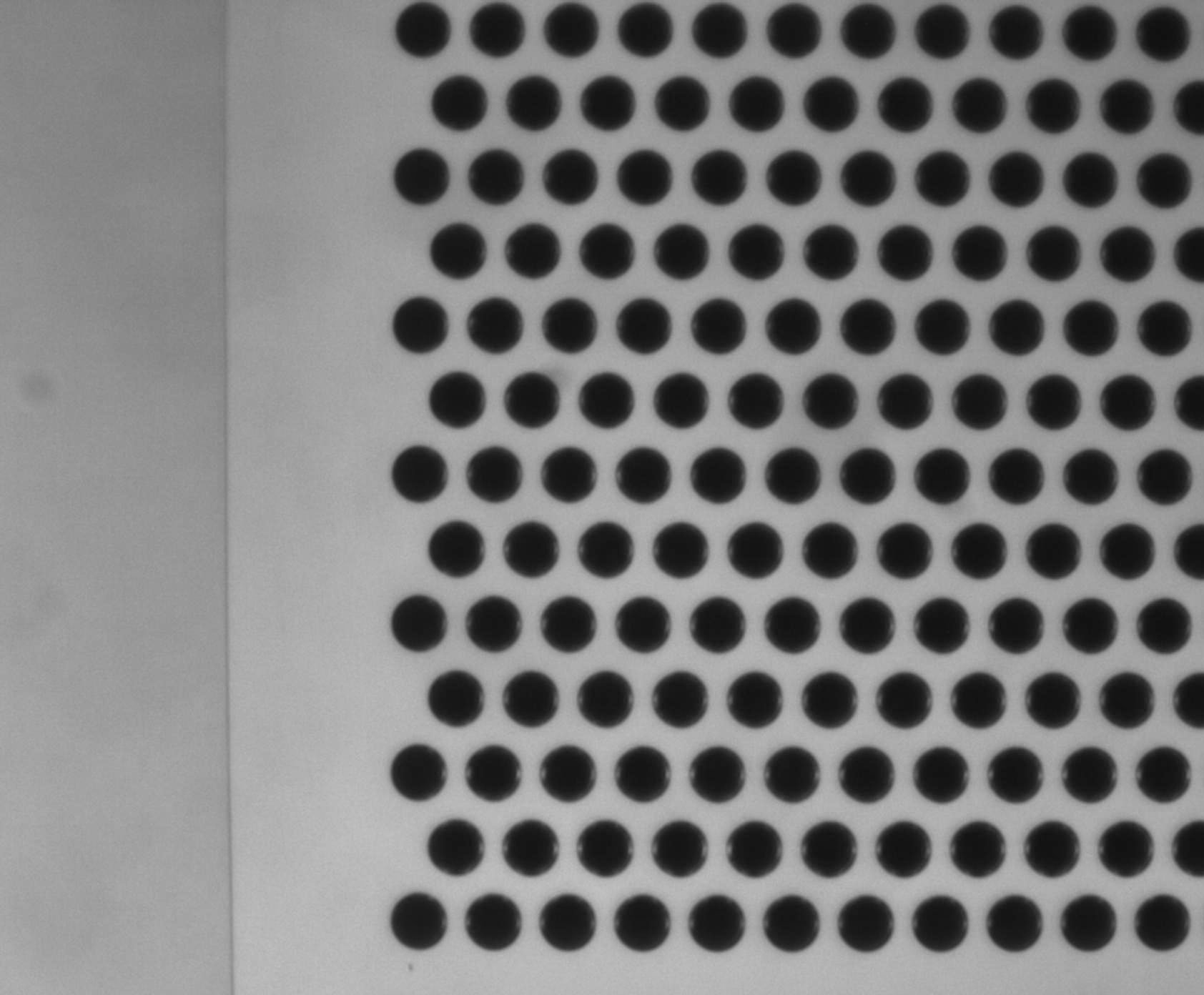
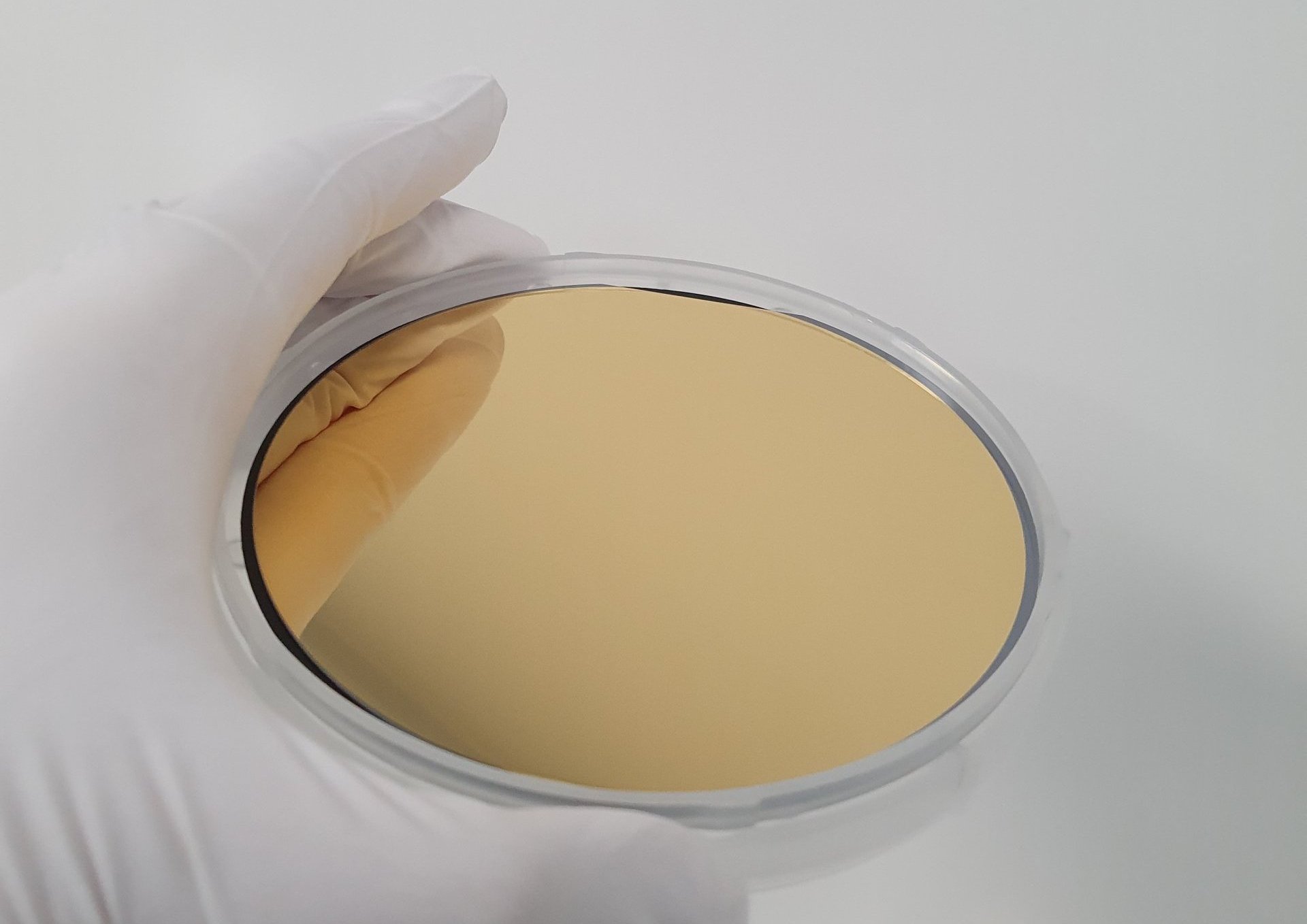
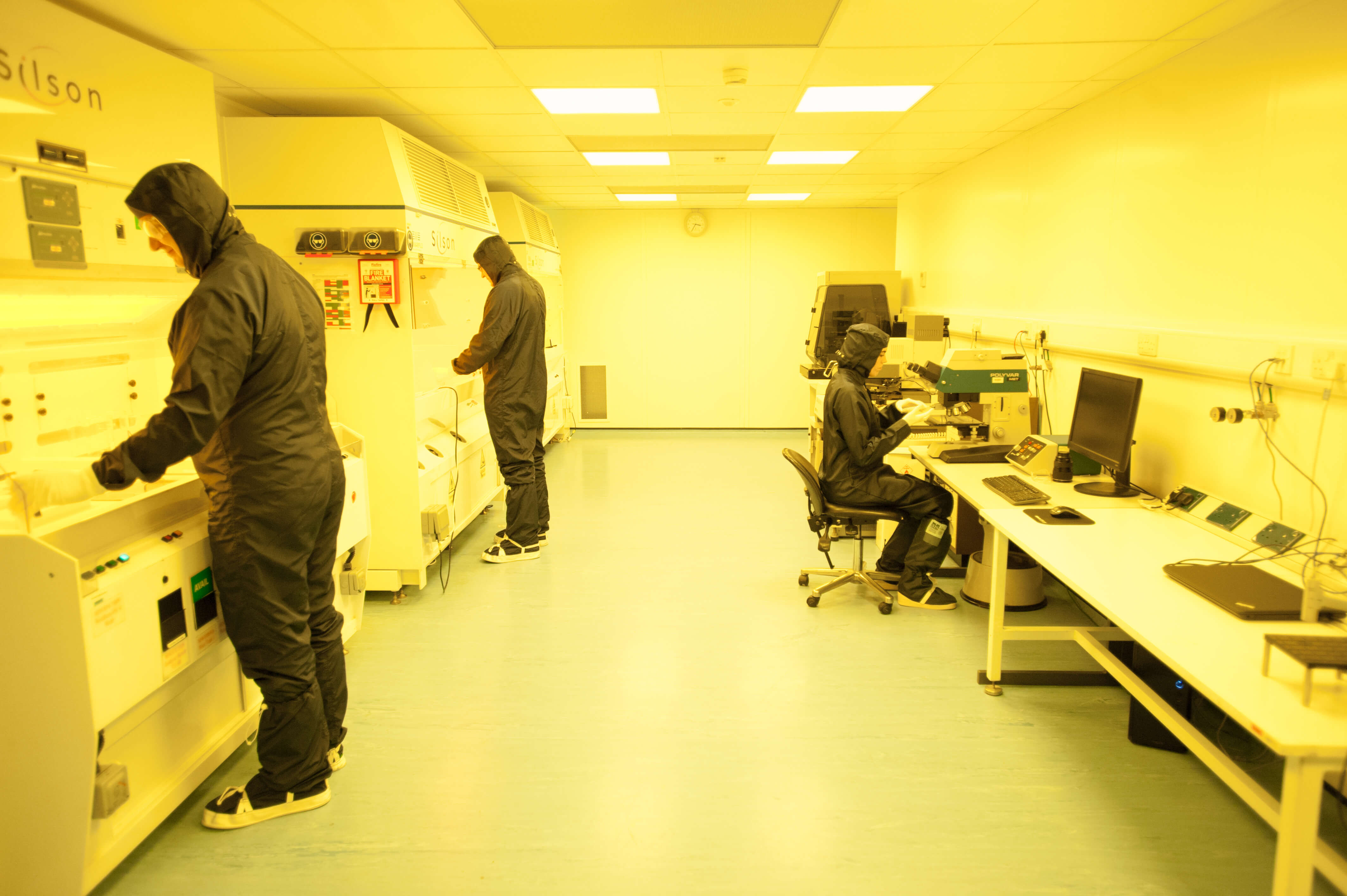
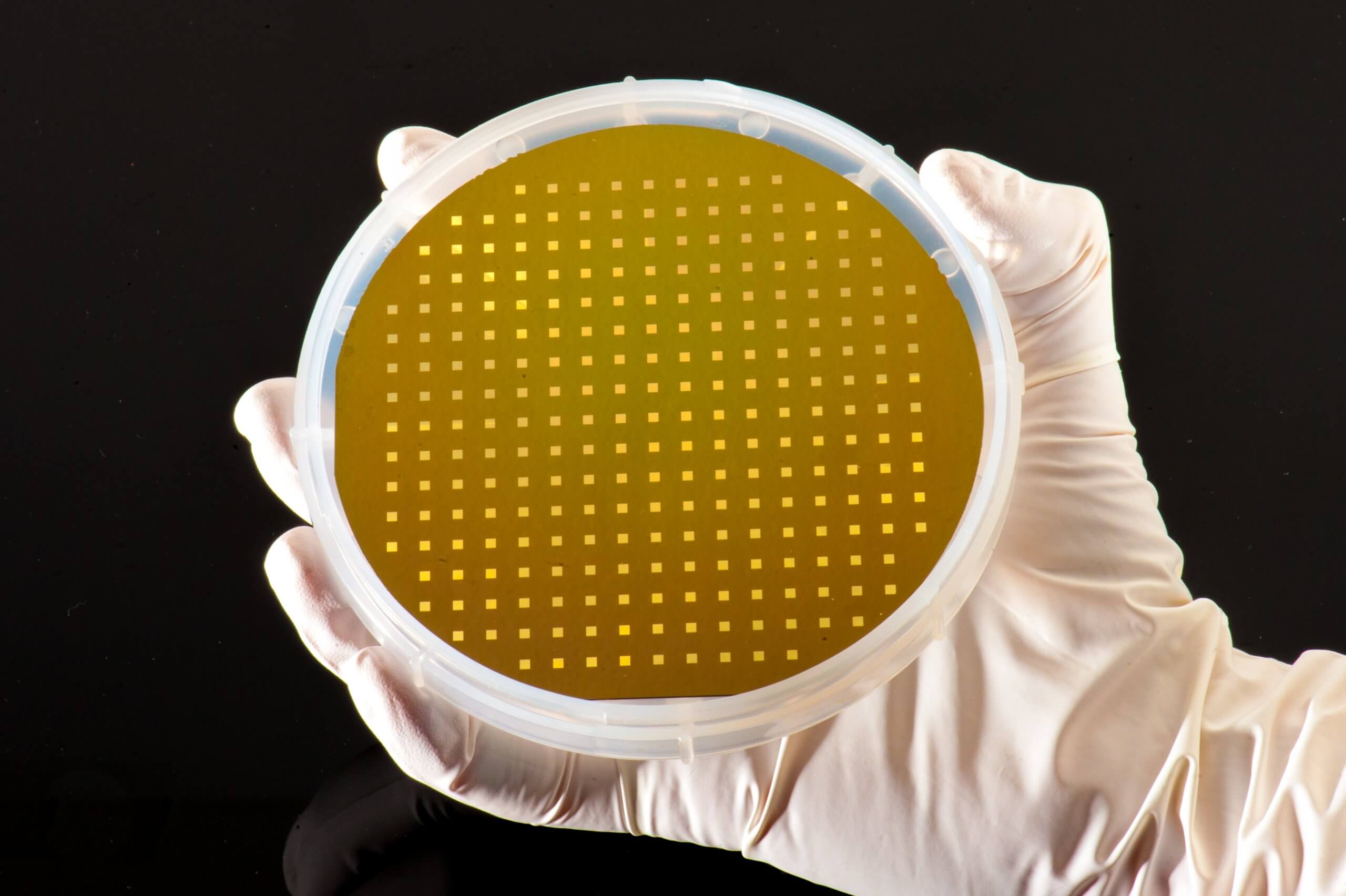
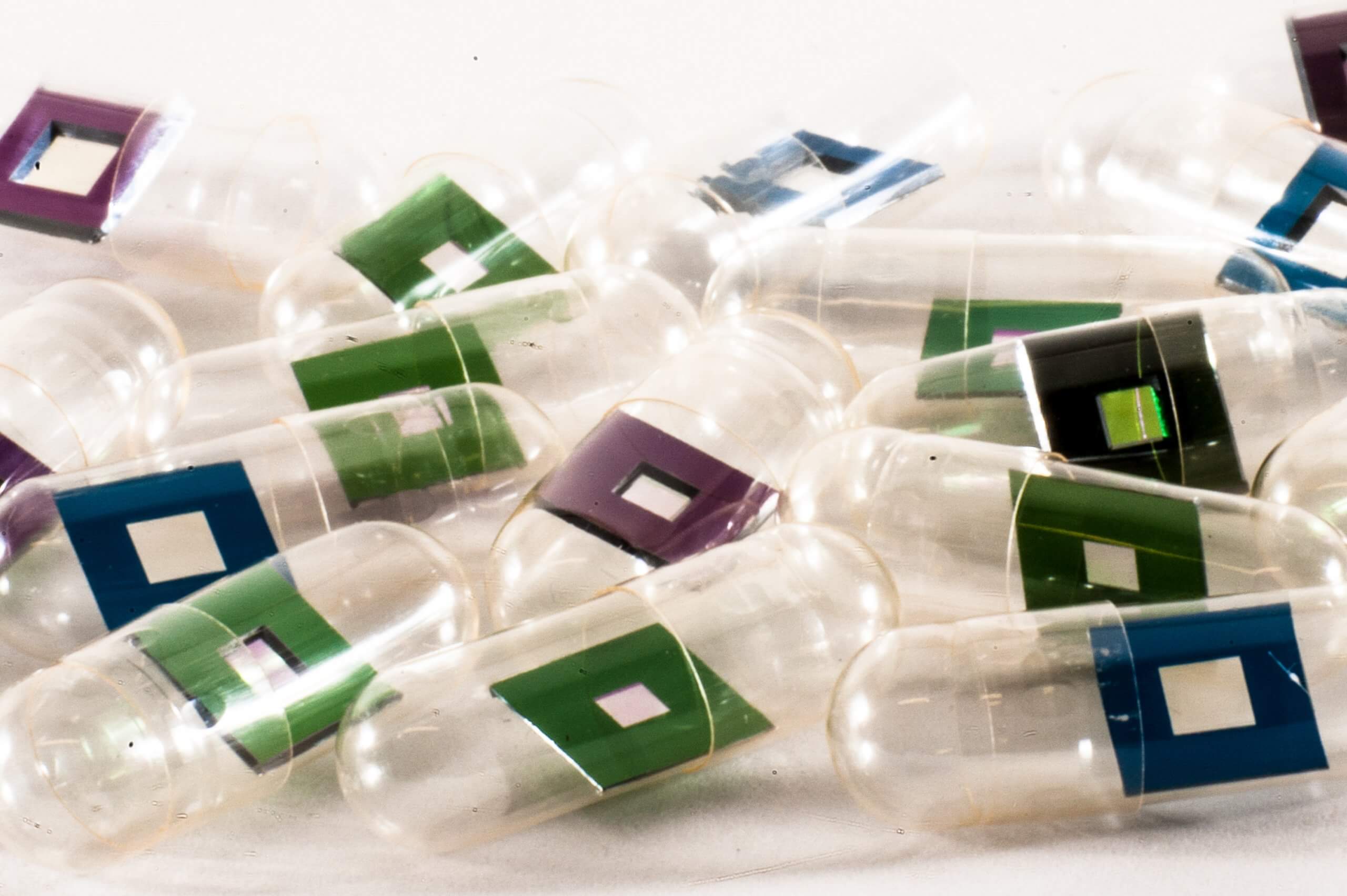
Soil Biology and Biochemistry have published an article by Sokol et Al about the study of soil microorganisms helping transform plant inputs into mineral-associated soil organic carbon. The abstract concludes “our findings challenge current theory by demonstrating that microbial traits linked with mineral-associated SOC are not universal, but vary with soil habitat and moisture conditions, and are shaped by a small number of active taxa.”
Chemical analyses techniques were used during the experiments and Silson’s silicon nitride membranes were used for the STXM-NEXAFS which was performed at the Molecular Environmental Sciences beamline 5.3.2.2 of the Advanced Light Source (ALS) at Lawrence Berkeley National Laboratory (California, USA)
Here is the link to read the article in full







